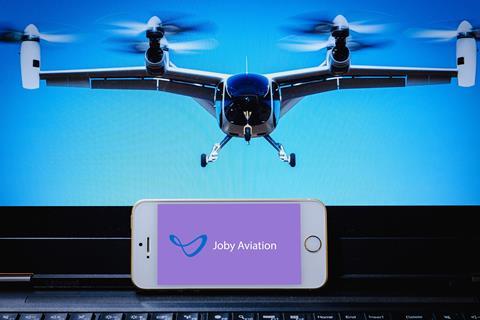The advent of aircraft piloted remotely with the aid of AI threatens to rip up the rulebook on aviation law, the Law Commission has warned. Knowing what to regulate is fiendishly difficult
On 15 January 2009, Captain Chesley Sullenberger broke lots of rules. But by ditching an Airbus 320 in the Hudson he saved the lives of all 155 souls on board and quite possibly hundreds more on the ground. The ‘Miracle on the Hudson’ is cited in a Law Commission report as an example of a highly experienced human pilot making the right call to defy the rulebook.
It also raises the question of whether similar freedom ‘to disregard rules of the air in emergencies’ should be available to aircraft piloted remotely with the help of artificial intelligence. In a 220-page report* this week, the Law Commission sets out how the arrival of so-called autonomous aircraft – including passenger-carrying vertical take-off taxis – will require wholesale changes to the ‘extensive and very prescriptive’ corpus of aviation law.
This is not science fiction. Guangzhou-based manufacturer EHang has already obtained an airworthiness certificate from the Civil Aviation Administration of China for a remotely piloted two-passenger vertical take-off vehicle. In the US, California company Joby Aviation is testing a five-seater air taxi which would whisk passengers from JFK Airport to downtown Manhattan in under 10 minutes (with a human pilot on board). Meanwhile, the UK government has targeted autonomous aircraft as a promising industry. Last month it announced an £8m grant to Bristol company Vertical Aerospace for its work on an electric air car. It is partly funding the Law Commission’s work through the ‘Future Flight Challenge’ R&D programme.
The business model for all these projects is based on dispensing with a human on-board crew: a study by PwC last year concluded that this would be possible by 2030.

Initially, the idea is that the aircraft would be piloted by someone sitting at a desk. But, as such craft would need an element of autonomy to handle communication breakdowns, the remote pilot would be able to handle several aircraft simultaneously and, eventually, be required only in emergencies.
However, as the commission’s report makes clear, this would require fundamental changes in the legal regime, ranging from certification to compliance with rules of the air to liability for accidents.
AI technology in particular would be difficult to certify, the commission observes, because of the lack of predictability and explainability – an issue for all AI applications in critical areas.
Another fundamental problem is the central role in aviation law of the ‘pilot in command’ (PiC). One option would be to replace this with a new legal role, the ‘flight supervisor’ – the commission prefers the term ‘remote pilot’.
The PiC, naturally assumed to be a human on board the aircraft, is the one allowed to break the rules ‘in circumstances that render such departure absolutely necessary in the interests of safety’. Should such freedom be given to a robot? This ‘could result in safer outcomes even if worse outcomes occur in some circumstances’, the commission observes, adding dryly: ‘The opposite is also possible.’
Even a comprehensive rulebook for robot pilots would be ‘extraordinarily difficult to produce’, the commission states.
Another uncertainty is how mandatory safety functions which are currently performed by the crew of an aircraft – from oxygen mask demonstrations to dealing with unruly passengers – will be fulfilled on uncrewed aircraft. ‘Maintaining good order on an aircraft where there is no crew physically present is more challenging,’ the commission states. It proposes that the service operator, delegated to crew on the ground, should be responsible for compliance with the Air Navigation Order rules on intoxicated passengers. How this might work at a busy city centre ‘skyport’ on a Saturday night remains to be seen.
But, whatever changes are eventually proposed, the commission is keen to preserve aviation’s ‘just culture’, in which everyone has a common responsibility for improving safety and the purpose of an accident investigation is to discover what has gone wrong rather than to assign blame.
Announcing the consultation, which is open to 27 May, law commissioner Nicholas Paines KC said: ‘New forms of aircraft are becoming ever more prevalent. It is vital we get the legal framework right so that we can maximise the new opportunities in this field as safely and effectively as possible.’
But, as the document itself points out, knowing what to regulate is difficult. Failing to update the law might discourage R&D – but moving too quickly risks making rules that do not fit with how the industry may play out. In short, it is best not to book that flying taxi yet.
This article is now closed for comment.


































1 Reader's comment